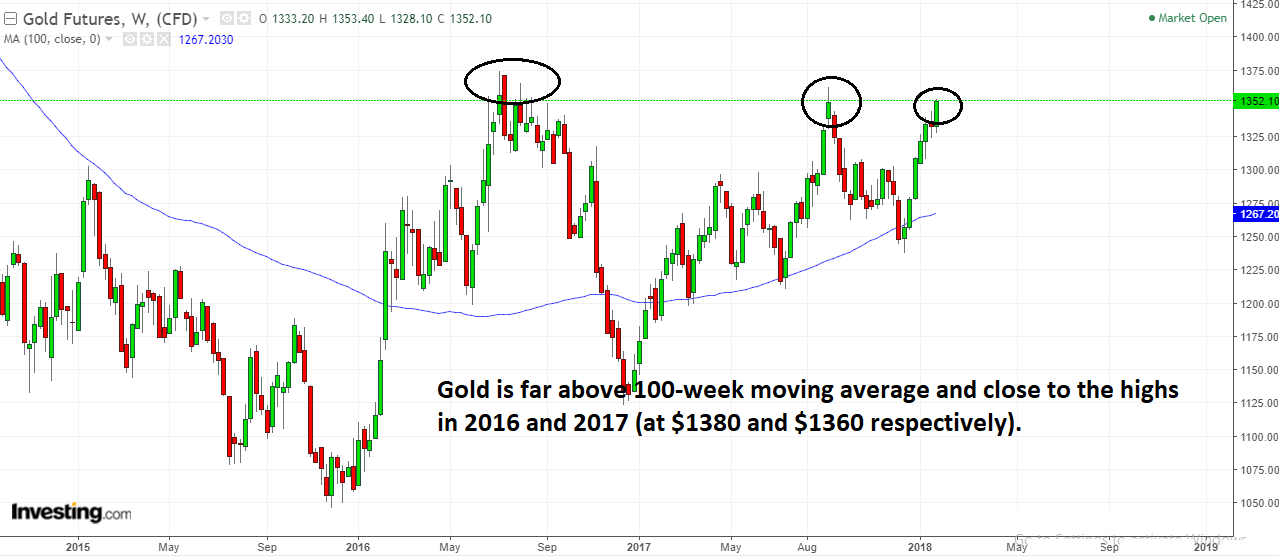Contents
When you are furnishing your CIBIL report, you should be sure about the details of your credit score. Stand out and gain a competitive edge as a commercial banker, loan officer or credit analyst with advanced knowledge, real-world analysis skills, and career confidence. Learn accounting fundamentals and how to read financial statements with CFI’s free online accounting classes. The Normality Assumption section helps determine which summary statistics best represent the distribution of the ratios.
The organisation’s management style and ways of handling subordinates should be observed by the lender. If a lender is approached by a company for project financing or a loan, then the lender will need to consider financial, technical, commercial, market, and managerial aspects of the organisation. With the help of your CIBIL report, your lender will check if you have been prompt while making your repayments and while clearing your credit card bills. Your lender will also be able to see if you have defaulted any loan during your entire credit history and if you have made many enquiries. Ratio studies are regularly used to evaluate the quality and accuracy of appraisal.
- One potential state of affairs is that if the portfolio return exceeds the danger-free fee, but the beta is adverse (implying that the fund outperformed the danger-free fee by betting towards the market).
- It indicates how a lot return an funding, such as a portfolio of stocks, a mutual fund, or exchange-traded fund, earned for the amount of risk the investment assumed.
- An increase in payables days could indicate that a business is having cash flow difficulties and is therefore delaying payments using suppliers as a free source of finance.
- Their significance presents itself in almost all decision-making processes in the realm of exchanges, across both ends of the spectrum.
- Thus the monitoring error does not include any risk that’s merely a operate of the market’s motion.
- The Treynor ratio formula is calculated by dividing the distinction between the average portfolio return and the typical return of the risk-free fee by the beta of the portfolio.
Generally, the information ratio compares the returns of the manager’s portfolio with those of a benchmark such as the yield on three-month Treasury bills or an equity index such as the S&P 500. Is the standard deviation of the active return, which is an alternate definition of the aforementioned tracking error. In case your credit score is high, you can be positive that your loan application will be approved, provided you meet other eligibility criteria set by your lender.
Step 5 – Calculate the standard deviation of the excess return of such a portfolio. Alpha (α) , used in finance as a measure of performance, is the excess return of an investment relative to the return of a benchmark index. Managers of an active investment fund are tasked with selecting a basket of investments capable of beating the returns of a relevant benchmark or the overall market. While that sounds easy in practice, few regularly succeed in achieving this goal, especially when taking the fees that they charge into consideration.
If applied correctly, investors can approach investment decisions in a sounder manner. It is worth noting that while the current year results will be affected by this, it is a one-off adjustment and this needs to be factored in when comparing it with the results of other periods. When calculating ratios, the disposal will improve asset turnover as the asset base over which revenue is spread becomes smaller and will, therefore, also improve appraisal ratio return on capital employed . The operating profit margin is also likely to be affected as the profit or loss on disposal will be included when calculating this. The Sortino ratio is used to score a portfolio’s threat-adjusted returns relative to an investment goal utilizing draw back threat. This is analogous to the Sharpe ratio, which scores danger-adjusted returns relative to the chance-free rate utilizing commonplace deviation.
In PerformanceAnalytics: Econometric Tools for Performance and Risk Analysis
So like I said, looking at the alpha by itself, right, does not give us an idea of how much residual risk or unsystematic risk was taken by the manager in order to obtain the alpha, all right? How much excess return per unit of residual risk, and this is, essentially, what the appraisal ratio represents, all right? So specifically, the appraisal ratio, Is given by, or defined as, the portfolio alpha, right, divided by the, Portfolio residual risk, right?

Finding out the loan eligibility of a loan applicant will assist a lender in fixing the loan amount that needs to be offered to the applicant. The differences are not stark, but the Freedom Manor neighborhood seems to have a slightly larger spread and a slightly lower median. On the Horizontal Equity tab, we will check the boxes for a couple of plots, as well as for the horizontal equity tests. To summarize the ratios of the appraised values to the known sale prices, we first open the Appraisal Ratio Studies procedure from the menu. A typical dataset for a ratio study has a column of appraised values and a corresponding column of known sale prices.
The higher the ratio, the better the performance of the manager in question. Low appraisal ratios signal that a fund is poorly run, taking on a lot of risk to generate the returns it delivers. A high reading, on the other hand, is positive, implying that the manager is outperforming their passive portfolio benchmark without making investors sweat too much by exposing them to excessive risk or volatiltiy.
Appraisal Ratio
A weak answer will make no attempt to refer to this information and, therefore, will often score few marks. It is important that you carefully consider this information and incorporate it into your response because it has been provided for a reason. Do not simply list all the possibilities of why a ratio may have changed; link the reason to the scenario that you have been provided with. One of the main criticisms of the Information Ratio is that it considers arithmetic returns and ignores leverage. This can lead to the Information Ratio calculated for a manager being negative when the manager produces alpha to the benchmark and vice versa.
It does not simply measure how high a return he has achieved, but puts this into the context of how risky the investments have been. This means a high https://1investing.in/ is often taken as a sign of skill rather than luck. The information ratio measures portfolio returns and indicates a portfolio manager’s ability to generate excess returns relative to a given benchmark. One of the areas where the appraisal ratio perhaps has an edge is in its index comparison.
How Does a Lender Evaluate the Eligibility of a Borrower Through Credit Appraisal?
As such, an alpha of zero would point out that the portfolio or fund is monitoring perfectly with the benchmark index and that the manager has not added or misplaced any extra worth compared to the broad market. All of these indicators are supposed to help buyers decide the risk-return profile of an investment. The Sharpe ratio could be recalculated at the finish of the yr to examine the actual return rather than the expected return.

If a company has a high level of gearing, it does not necessarily mean that it will face difficulties as a result of this. An increase in payables days could indicate that a business is having cash flow difficulties and is therefore delaying payments using suppliers as a free source of finance. It is important that a business pays within the agreed credit period to avoid conflict with suppliers. If the payables days are reducing, this indicates suppliers are being paid more quickly. This could be due to credit terms being tightened or taking advantage of early settlement discounts being offered.
Econometric Tools for Performance and Risk Analysis
The Treynor ratio is a threat/return measure that permits investors to regulate a portfolio’s returns for systematic threat. The Treynor ratio, also called the reward-to-volatility ratio, is a efficiency metric for determining how a lot extra return was generated for every unit of threat taken on by a portfolio. The normal performance metrics of a mutual fund is whether the fund has actually overwhelmed the index or not. So if the Nifty index has earned 16 % returns final 12 months and your fund has earned 18 % last 12 months then your fund has outperformed the index by 200 foundation points. So if your fund supervisor has earned 2 % additional return by taking on twice as a lot as risk as the Nifty then in threat-adjusted phrases the fund manager ‘s performance just isn’t exactly great.
Fortunately, there are several ways for investors to analyze how good a job fund managers do. One method to determine their investment-picking ability is to use the appraisal ratio. Analysing the operating profit margin enables you to determine how well the business has managed to control its indirect costs during the period.
Factors Evaluated During a Credit Appraisal Process
When you incorporate good measures to enhance your credit score, you widen your scope to get your loan approved by the bank. You will have to be extremely financially disciplined to increase your credit score. Determining individual financial ratios per period and tracking the change in their values over time is done to spot trends that may be developing in a company.
The Sortino ratio measures the danger-adjusted return of an funding asset, portfolio, or technique. The risk-free return is what you’d have earned without any danger as in case of a bank FD. Standard deviation measures the risk by way of volatility and Sharpe subsequently measures excess returns per unit of total risk. The Sortino ratio differs from the Sharpe ratio in that it solely considers the usual deviation of the draw back threat, rather than that of the whole (upside + draw back) danger. The Treynor ratio formula is calculated by dividing the distinction between the average portfolio return and the typical return of the risk-free fee by the beta of the portfolio.
It compares the performance of return of a given fund to the benchmark and also companies the return to the unsystematic risk. Generally, fund managers want to have returns that surpass the market benchmark, this goal informs their decisions when it comes to investment selection. The appraisal ratio gives an insight into the performance of a fund manager by examining the return of the selected investments against their underlying risks. From the method under, you possibly can see that the ratio is anxious with both the return of the portfolio and its systematic danger. From a purely mathematical perspective, the formula represents the amount of extra return from the danger-free price per unit of systematic threat. The Treynor ratio is much like the Sharpe ratio, although the Sharpe ratio makes use of a portfolio’s commonplace deviation to adjust the portfolio returns.

